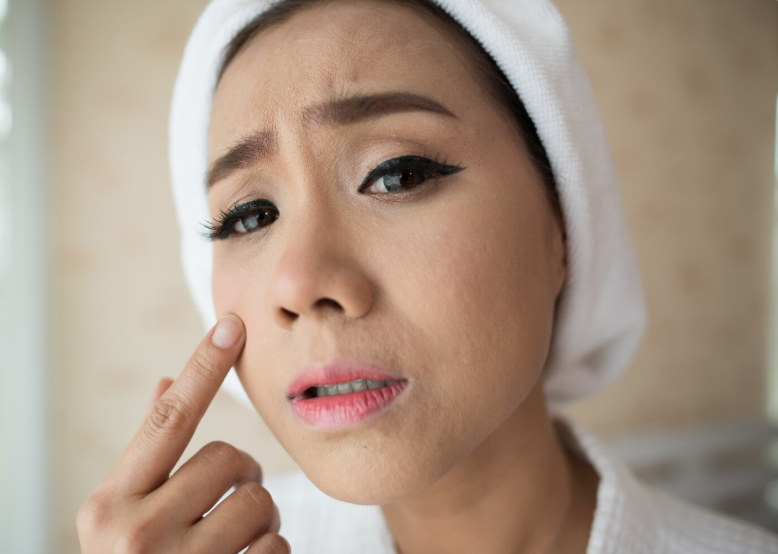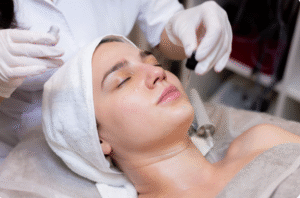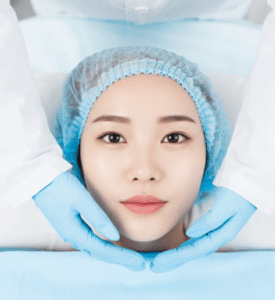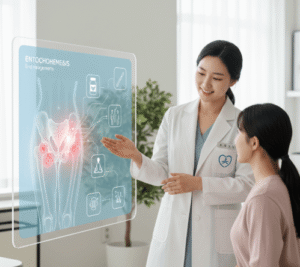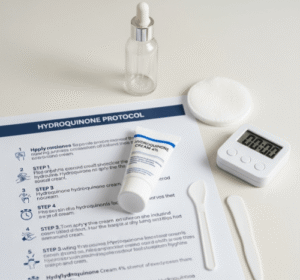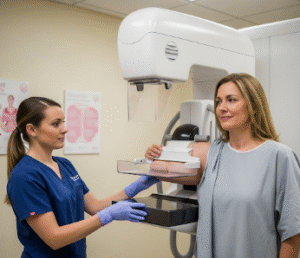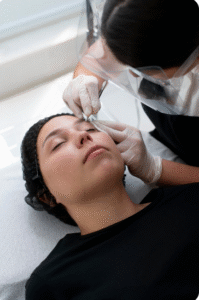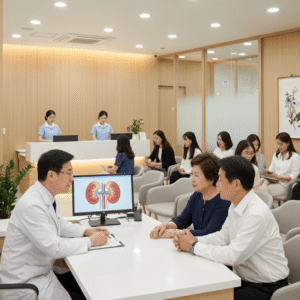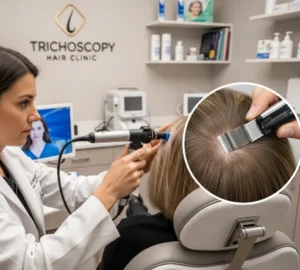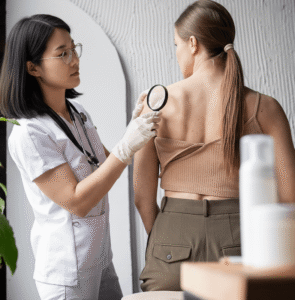What It Is
Skin–muscle lower blepharoplasty is a surgical procedure that removes excess skin, muscle, and fat from the lower eyelids to reduce under-eye bags and wrinkles. Unlike the transconjunctival approach, this technique addresses both fat protrusion and redundant skin, providing more dramatic rejuvenation for aging lower eyelids.
Why It’s Done
Patients choose skin–muscle lower blepharoplasty to:
- Eliminate prominent under-eye bags
- Correct sagging or wrinkled lower eyelid skin
- Improve overall facial aesthetics and youthful appearance
- Restore natural eyelid contour in cases of significant aging or hereditary fat bulges
Ideal candidates are patients with moderate to severe lower eyelid skin laxity combined with fat herniation.
Alternatives
- Transconjunctival lower blepharoplasty (for minimal skin excess)
- Non-surgical options such as fillers, laser resurfacing, or radiofrequency skin tightening
- Chemical peels for mild skin texture improvements
Preparation
- Preoperative consultation to evaluate eyelid anatomy, skin laxity, and orbital fat
- Medical history review, blood tests, and pre-surgical photos
- Avoidance of blood-thinning medications, alcohol, and smoking
- Fasting is required if general anesthesia is planned
How It’s Done
- Typically performed under local anesthesia with sedation or general anesthesia
- An incision is made just below the lash line
- Excess skin, muscle, and fat are carefully excised or repositioned
- Incisions are closed with fine sutures to minimize scarring
- Surgery duration: 1.5–2.5 hours, often outpatient or short-stay
Recovery
- Swelling and bruising are common for 1–2 weeks
- Sutures removed within 5–7 days
- Patients are advised to avoid strenuous activity, sun exposure, and rubbing eyes for several weeks
- Cold compresses and prescribed ointments reduce swelling and aid healing
- Final results are visible within 4–6 weeks
Possible Complications
- Temporary bruising, swelling, or numbness
- Minor asymmetry between eyelids
- Dry eyes or irritation
- Rare: infection, hematoma, or under/overcorrection of tissue removal
Treatment Options in Korea
Diagnosis
Korean surgeons evaluate eyelid skin, muscle tone, fat distribution, and orbital structure. Imaging may be used for complex cases.
Medical Treatments
Non-surgical methods include fillers, laser resurfacing, and radiofrequency skin tightening for patients with minimal skin laxity.
Surgical or Advanced Therapies
Advanced techniques in Korea ensure precise skin-muscle excision, minimal scarring, and natural eyelid contour. Surgeons may combine lower blepharoplasty with midface lifting for comprehensive rejuvenation.
Rehabilitation and Support
Postoperative care includes follow-up visits, swelling management, eye ointments, protective measures, and guidance through international patient support programs.
Advantages of receiving treatment in Korea: skilled surgeons, advanced surgical instruments, natural results, cost-effective procedures, and comprehensive patient care for international clients.

